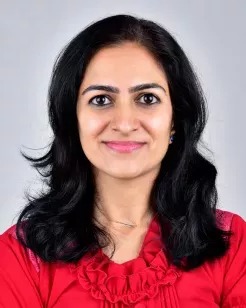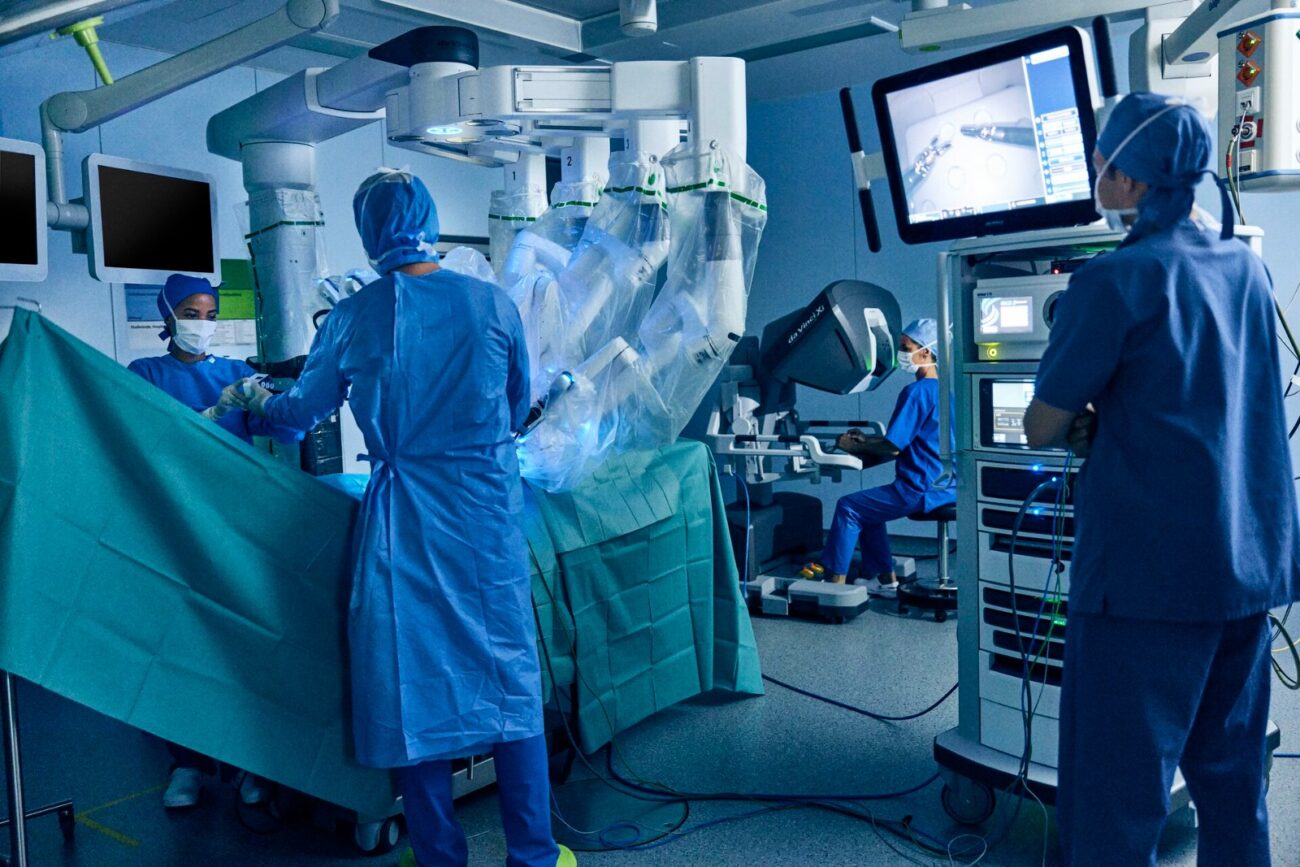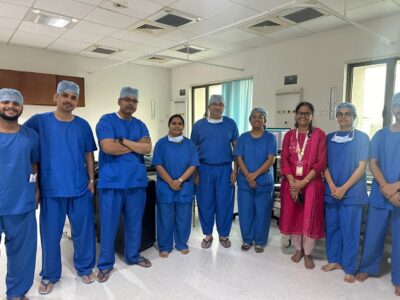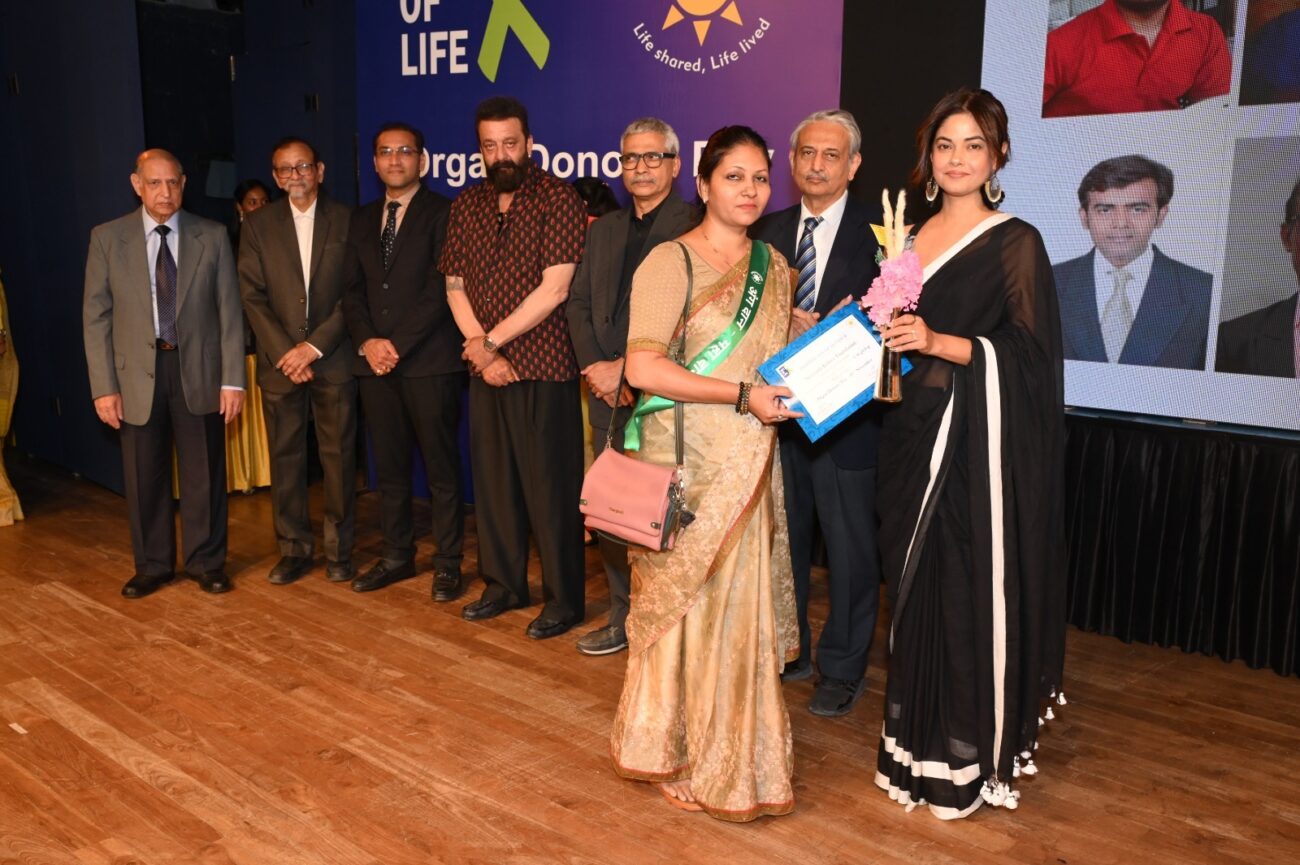Knee joint pain gets non-surgical regenerative cure
Permita Sehgal’s limp in her leg was becoming painful by the day but she dreaded undergoing a surgery for knee joint replacement, even if it meant leaning on a walking stick. The 70-year housewife had
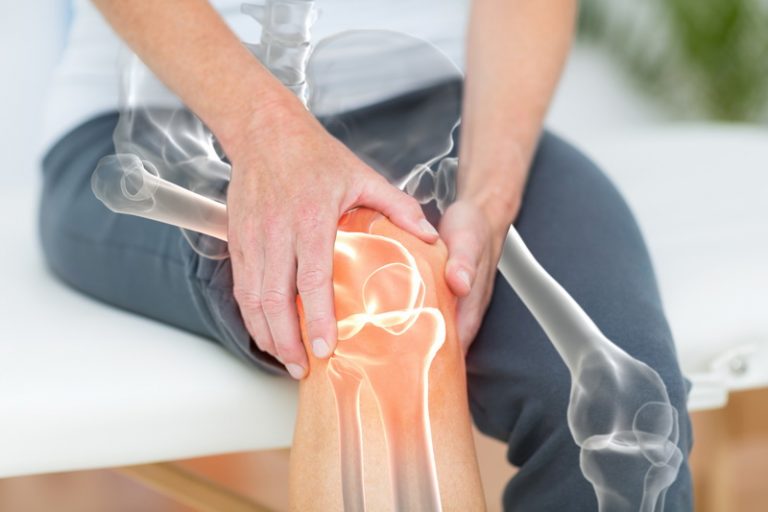
Permita Sehgal’s limp in her leg was becoming painful by the day but she dreaded undergoing a surgery for knee joint replacement, even if it meant leaning on a walking stick. The 70-year housewife had resigned to her fate of living with pain for the rest of her life, till her daughter took her to a specialist for regenerative therapy.
“It has been a life-changing experience. I get tears in my eyes when I think about the painful life that I was leading before the regenerative therapy for my knee pain,” said Sehgal.
Sehgal, who now walks without her stick, recently took part in an awareness march to mark the World Osteoporosis Day that is observed every year on October 20. She also shared with others her experience that helped her avoid knee replacement surgery and return to fitness without the use of any artificial material or medicine.
Currently, osteoporosis affects 1 in 5 adults aged 18-59 years in India, with the prevalence higher in women compared with men. Knee joints are the most commonly affected body part in the medical condition that stems from low bone density.
Dr Saurabh Garg, who works with an NGO, said increasingly the new practice across the globe is to offer regenerative medicine as the first option over a conventional arthroscopy and joint replacement surgery for arthritis of knee.
Patients like Sehgal and others fighting conditions like osteoarthritis stand to gain from the new minimal invasive, regenerative technique called the mononuclear cell therapy (MNC) that recovers and replaces damaged tissues in joints and muscles.
The regenerative technique, developed and mastered in the US, uses a patient’s own blood to extract growth factors that are injected into the affected body parts to revive them and mitigate pain, said Garg.
“The new regenerative technique has no side effects and it does not use any artificial material or medicine to restore tissues,” said Madhur Chadha, director of regenerative medicine and sports injuries at Axis Clinics.
He said mononuclear cell therapy has negligible post-procedure issues s whereas a study in World Journal of Orthopedics has shown that 30% of patients, including those with osteoporosis, who undergo a knee-replacement surgery end up with persistent-post-surgical pain of unknown origin.
Studies show that among most patients, osteoporosis causes bones to become weak and fragile. It also impacts joints and tissues, leaving behind a trail of pain and forced lifestyle changes.
Ahmedabad-trained spine specialist Dr Madhujeet Gupta said, “The fear of undergoing surgery among elderly forces many of them to keep sitting on the problem of joint pain. Regenerative medicine and orthopaedic intervention are the latest alternatives that can be conducted with local anaesthesia and without the need of a hospital stay.”
The down time, which is the recovery period after an intervention, is the lowest in regenerative therapy and with the help of physiotherapy and exercises a patient suffering from degenerative diseases like ostroarthritis can return to an active routine very fast, he said.
As the health community across the world joins hands to reorient itself to serve the elderly, the International Osteoporosis Foundation has called for collective efforts in keeping with the theme of “Step up for bone health” given by its World Osteoporosis Day 2022.



